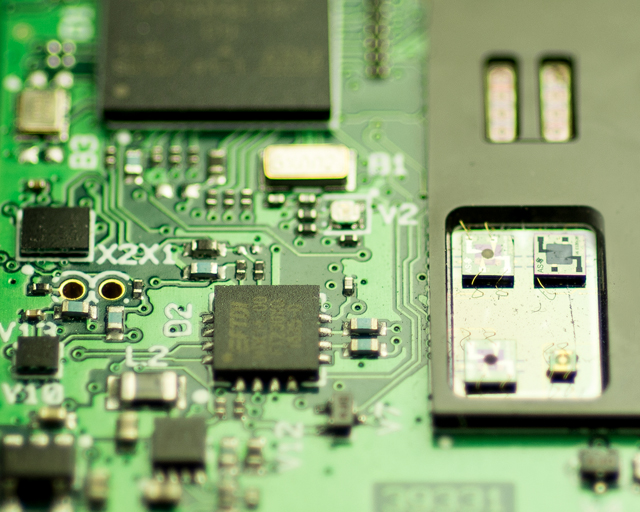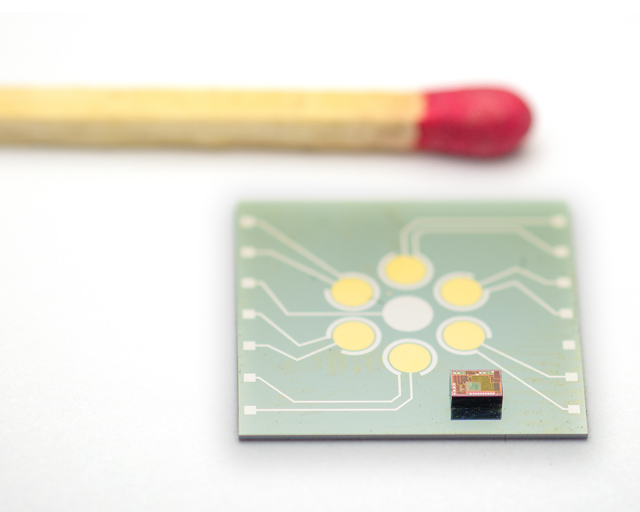Environmental conditions have a considerable influence on our health and well-being. With the aid of physical and chemical sensors, it is possible to measure environmental properties such as temperature, pressure and moisture, as well as the concentration of gases and the composition of fluids. However, optimal sensor functionality can only be achieved by way of application-specific integrated circuits (ASIC) designed for the best possible signal processing. The ASICs developed by us can optimize the performance of sensor systems while simultaneously reducing costs and dimensions.
With our expertise in circuit design, we can support our customers in the development of sensor systems for
- the measurement of air quality
- the measurement of gas concentration
- the detection of specific molecules in liquids.
In cooperation with our partners, we have developed read-out electronics for a number of types of chemical sensors used for the measurement of liquids and gases.
- MOX (metal-oxide sensors)
- MIPs (molecular imprinted polymers)
- MOFs (metal-organic frameworks)
- Micro-pellistors (pellet resistors)


